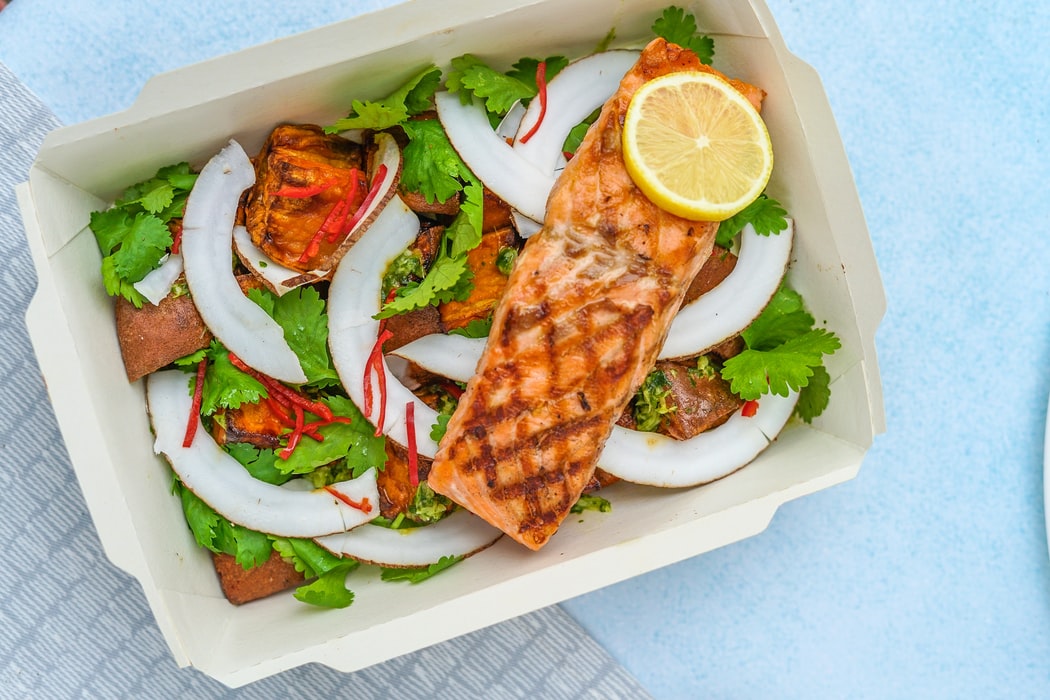Maximising safety once food leaves your premises

Takeaway shops and food delivery have long been a part of the Australian commercial food landscape. In recent years, food delivery services such as Uber Eats and Deliveroo have expanded the infrastructure available for restaurants and other food businesses to sell their food online and partner with drivers who transport it to the customer. A further contentious issue for food businesses is customer requests to take home any leftover food from their meal in a ‘doggy bag’ container. In these circumstances, high quality, clear food labels from a leading supplier like Fildes Food Safety can provide a valuable means of protecting public health and your business reputation where food is being taken out of your establishment and, to some extent, out of your control.
Food prepared in a commercial kitchen should be made to the highest levels of food safety. Efforts to prevent cross-contamination should be taken including the use of colour coded chopping boards and wearing disposable gloves, but these delivery services raise questions over how standards of food safety can be maintained once food leaves your premises. The regulatory context is complex and there are arguably significant grey areas around the level of responsibility which falls with the restaurant manager, the delivery service, the individual driver and the end consumer – especially for emerging food delivery models operating online and through apps. With that being said, it is advisable for restaurant owners and managers to take reasonable steps to help maintain the best safety practices for food that is eaten outside of their premises.
As is often the case, two of the key factors in ensuring safety for takeout, deliveries and leftovers are temperature and time. Potentially hazardous food (including cooked meat, dairy, seafood, cooked rice and pasta and any products which contain those ingredients) need to be kept at safe temperatures in order to avoid the growth of dangerous microorganisms. This issue is complicated when food is being taken away by the consumer or delivered to them. The food temperature danger zone is cited as between 5°C and 60°C. Time is also a factor, however, and the Guide to The Food Safety Standards gives an example of a food outlet which offers home delivery for hot food, but can show that all orders can be delivered within 40 minutes and therefore concludes they do not need to keep the food at over 60°C during transportation. Currently, there is no law in Australia which bans restaurants from allowing customers to take home leftovers after a meal. Where food businesses choose to offer this, the authorities do recommend food businesses are cautious with this practice. Suggestions include dating the containers and giving customers instructions on how to store and reheat food safely.
Fildes provides an extensive range of food labels which could be ideal for takeaway, delivery and doggy bag food services. The permanent hot/cold sticker gives customers clear instructions on best practice where food is not eaten promptly after purchase, including storage temperature and appropriate serving temperatures whether food is being thoroughly reheated or eaten cold. Our commercial kitchen supplies, including a wide range of food labels, provide various options for clear recording of day, date and time which could also provide an easy and convenient solution for providing key information for customers taking home leftover food.
Contact us to find out more about our full range of commercial kitchen supplies including food safety labels, disposable gloves and colour coded chopping boards.





















































































